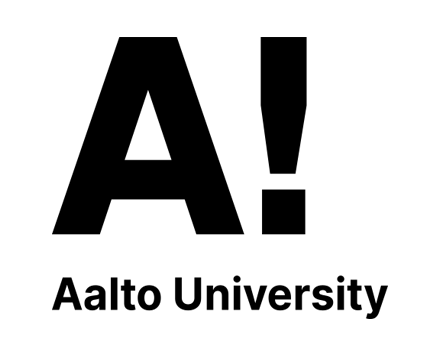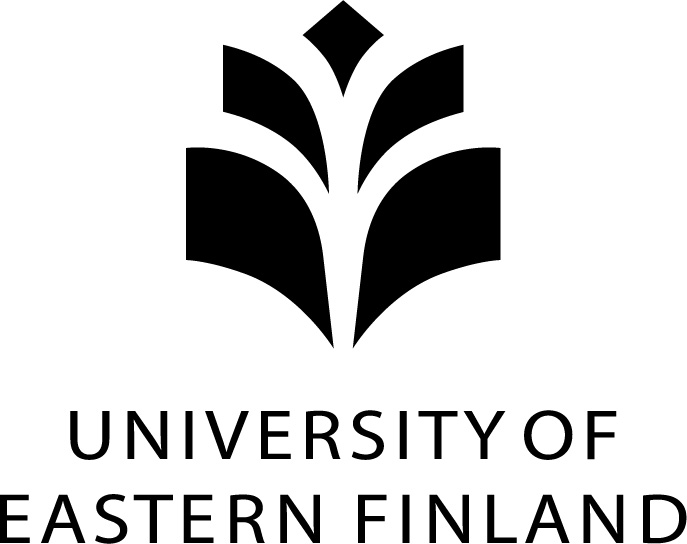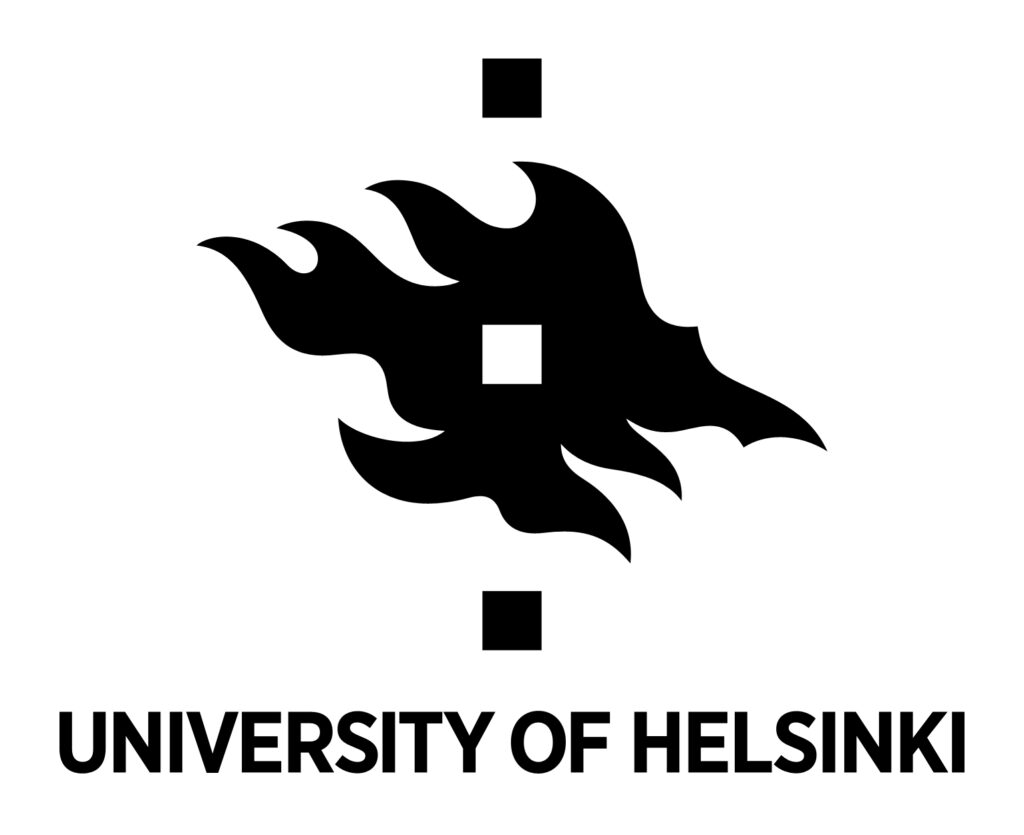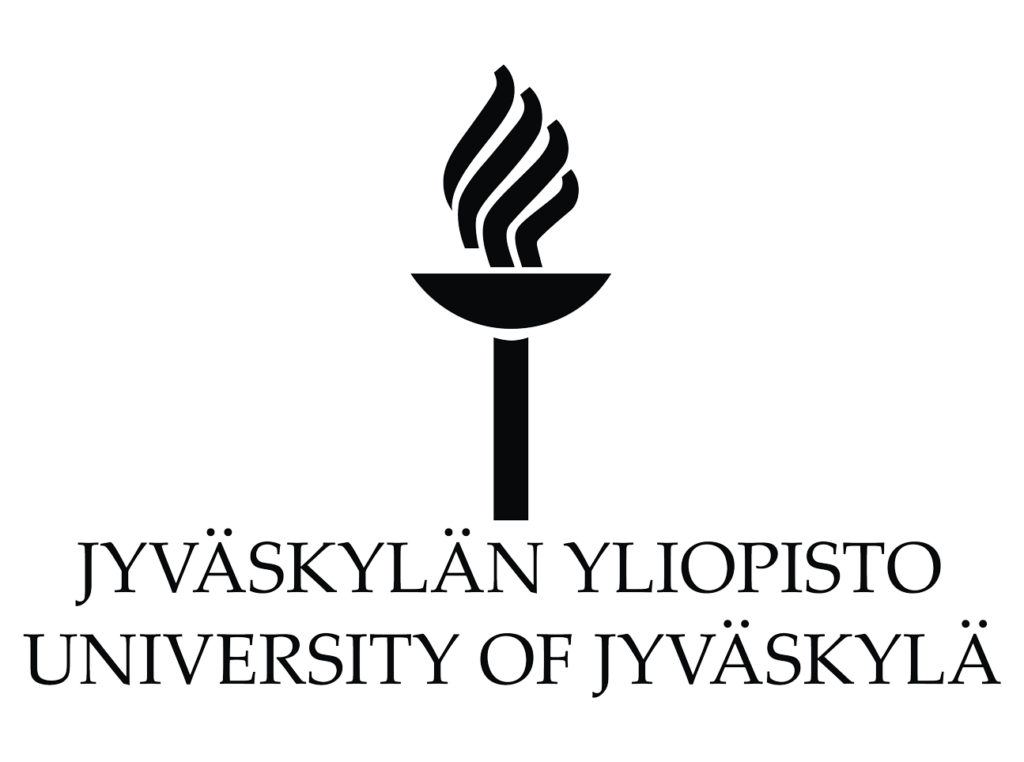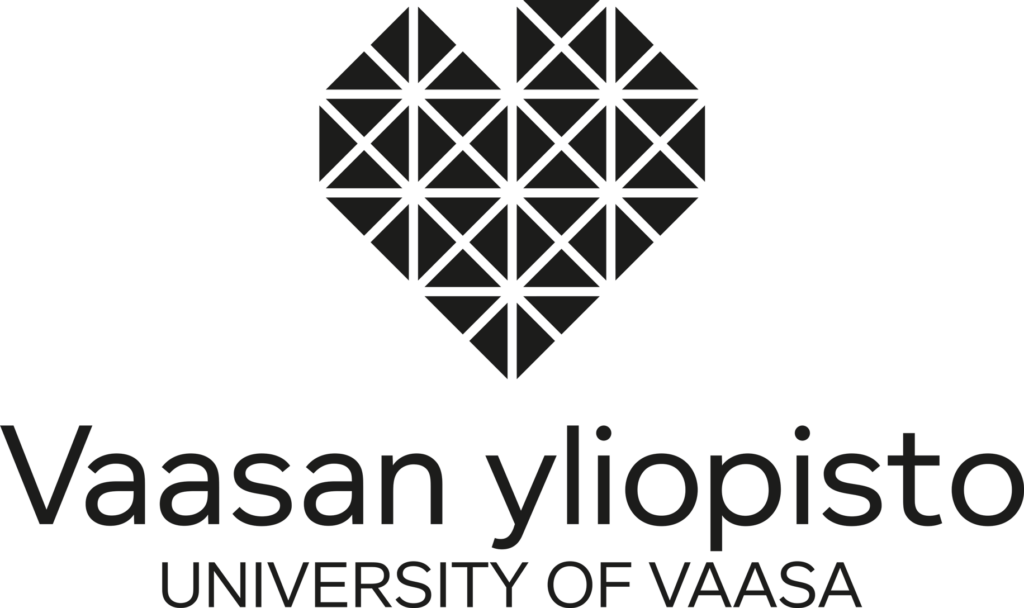Blog: The Fragile Web of Life – Tales From Fading Worlds
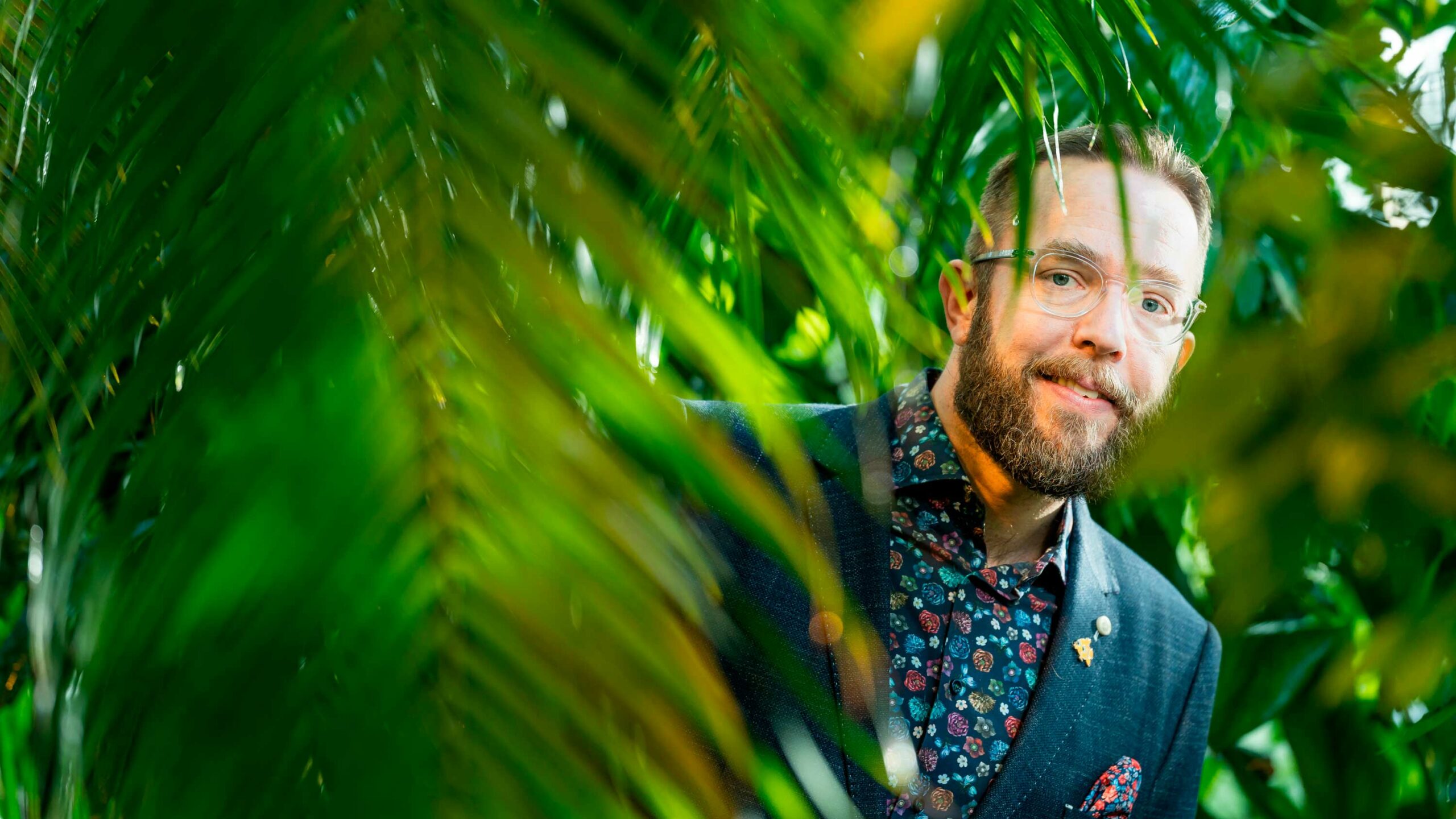
Ilari E. Sääksjärvi is the Professor of Biodiversity Research at the University of Turku, Vice-dean of the Faculty of Science and Vice-chair of the Finnish Nature Panel.
Reversing biodiversity´s ongoing deterioration requires system-wide re-organization, a transformative change across technological, economic and social realms, i.e. a fundamental shift of paradigms, goals, identities, power and future expectations. But do we still have time to do all this – or is it already too late?
Amazonia is the Earth´s largest tropical rainforest and a huge hotspot of biodiversity and human cultural diversity. Larger than the European Union, this giant is of utmost importance in regulating the global climate, maintaining exceptionally rich biodiversity, and providing home to millions of people speaking more than 300 languages.
Left in peace, Amazonia would cover most of the central and northern South America. To what extent the pre-Columbian peoples modified the humid forests and other tropical ecosystems of the region is a hot topic in academia nowadays. However, it seems evident that the pre-Columbian civilizations, along with the present indigenous peoples of Amazonia, managed to maintain most of the region’s rainforests as forests for the future generations.
In fact, Amazonia was still largely intact until the 1970s. During the last 50 years, tropical biodiversity loss has proceeded rapidly, and huge areas of rainforests have been eliminated. Most of the deforestation is taking place in Brazilian Amazonia, followed by Bolivia, Peru and Colombia. The last time the burning of Amazonia received international media attention was in 2019, just before the spotlight moved to the covid-19 pandemic and, a bit later, to Russia´s unjustified war in Ukraine.
The forest fires related to rapidly expanding agriculture and cattle farming are only one of the multiple reasons that drive Amazonia´s destruction. Direct drivers of deforestation also include, among others, selective logging of valuable tree species, exploitation of gas and oil, production of hydroelectricity, gold mining, drug plant cultivation and unsustainable use of several wild animal and plant species. Road and highway projects are providing easy access to remote parts of the rainforest.
Biodiversity loss in Amazonia is especially intriguing as we still have extremely limited knowledge about the diversity of different life forms occupying the region. Every single year, literally hundreds of previously unknown animal and plant species are discovered, described scientifically, and named from different parts of the region. And no one really knows how many are yet to be discovered. But they are many. For example, during the last week only, my research team discovered approximately one hundred unknown and large-sized wasp species from the samples collected by us in Peruvian Amazonia during the last few years. Every new field expedition is a treasure trove full of unknown species.
How the species and other components of biodiversity are distributed across Amazonia and how they are interacting with each other is mostly not well understood. This also makes the conservation of Amazonia, alongside with the other unknown parts of the world, a tricky business. We are only beginning to understand the various forms and value of the web of life, biodiversity, on Earth. At the same time, we push species too numerous to count, alongside with many habitat types and ecosystems, towards extinction.
Too many people seem to think that someday it will be possible to bring extinct species back to life again. Unfortunately, it´s time to understand that the extinct species are lost forever. So are many of the destructed ecosystems. We are losing incredible evolutionary histories which have been developing for millions of years. And we are also losing the benefits these species, and other dimensions of life, offer to the economy, health, security, and wellbeing of the humankind.
As a researcher of tropical biodiversity, I wanted to highlight Amazonia as an example of biodiversity loss in this blog. Biodiversity loss is of course not only an Amazonian challenge. It´s a global challenge. For example, the latest assessments of threatened species and habitat types of Finland, also known as “Red Lists”, indicate an advancing biodiversity loss in Finnish nature. Approximately 12% of all the species and 48% of the Finnish habitat types evaluated for the Red Lists were classified as being threatened in our country. The web of life is getting more fragile every day and all over the world.
The World Economic Forum´s latest Global Risk Report ranked biodiversity loss among the top two most critical threats humanity will face during the coming years. It is clear that our way of life and overconsumption of natural resources is rapidly destroying the ecosystems on which the mutual survival of all species depends. Without immediate action, also the future of human civilization is threatened. To put it simply, our own species is threatened by our very own actions.
Reversing biodiversity´s deterioration is still possible. The challenge is immense, but also positive development is taking place. The Finnish Nature Panel published a set of key methods for halting biodiversity loss. The panel considered that the biodiversity objectives already agreed (e.g. in the EU`s Biodiversity Strategy for 2030) and under preparation (e.g. the Finnish national biodiversity strategy and action plan) seem to be sufficient at the moment to halt the biodiversity loss. The next step is to make sure that the necessary measures to halt biodiversity loss are also taken.
Studying insect samples collected from the remote parts of Western Amazonia feels like trying to understand the stories of fading worlds. Some of the wasp species under my microscope look like pieces of jewelry. Shiny blue bodies and golden wings… nature´s dwindling treasures.
Ilari E. Sääksjärvi (Twitter: @ilarisaaksjarvi) is the Professor of Biodiversity Research at the University of Turku, Vice-dean of the Faculty of Science and Vice-chair of the Finnish Nature Panel. His research team is discovering unknown animal species from Amazonia. Nowadays, he also studies the biodiversity-economy interface and leads The Strategic Research Council (SRC) funded multidisciplinary BIODIFUL-consortium (Biodiversity-respectful leadership, www.biodiful.fi). University of Turku is a partner of the Millennium Technology Prize.
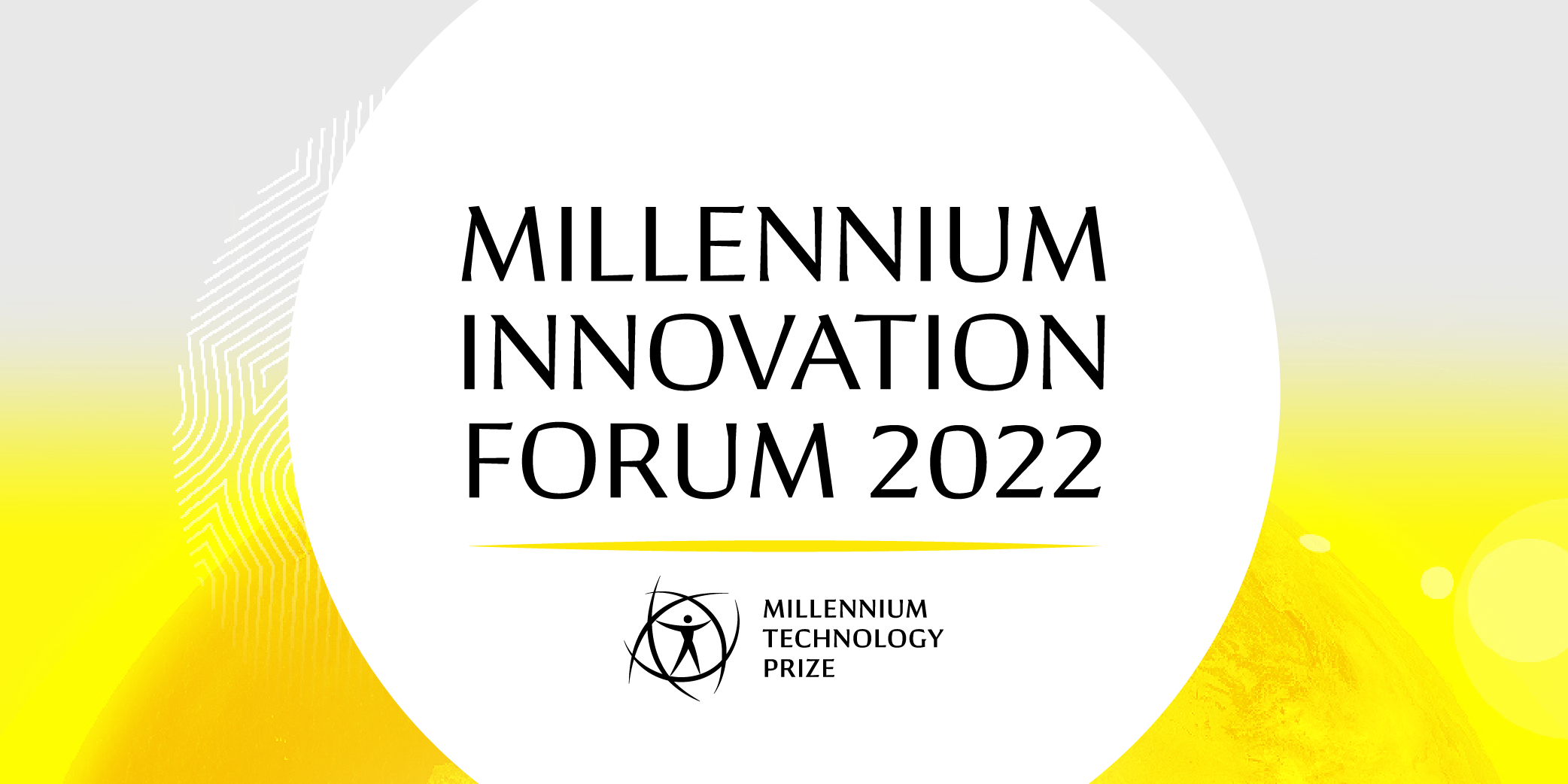
Prestigious Millennium Innovation Forum announces impressive line-up of world-renowed speakers.
October event in Helsinki to bring together leading investigative journalist Christo Grozev, Google’s first female engineer and former CEO of Yahoo, Marissa Mayer, and many others to discuss how technology can help us overcome the world’s biggest challenges.




